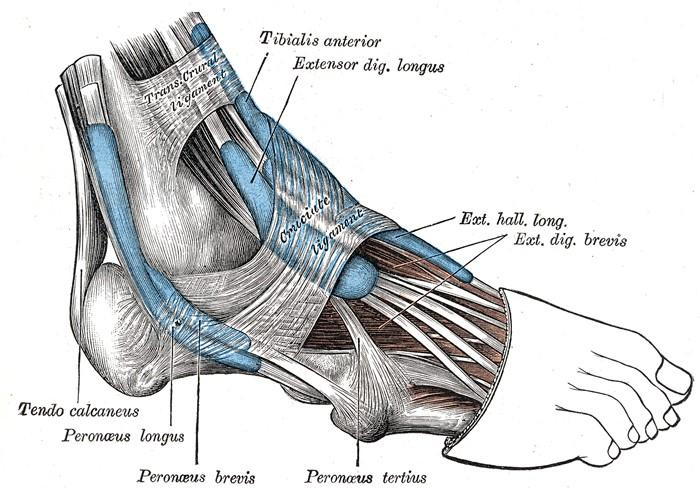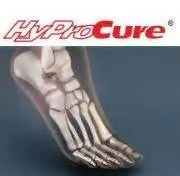 Boots designed by Steven Collins and his colleagues from Carnegie Mellon University reportedly make walking easier without using any power. These energy saving boots do this thanks to a spring and clutch mechanism inspired by the Achilles tendon.
Boots designed by Steven Collins and his colleagues from Carnegie Mellon University reportedly make walking easier without using any power. These energy saving boots do this thanks to a spring and clutch mechanism inspired by the Achilles tendon.
The spring stretches during the act of stepping forward while walking, which stores energy; energy is then released when the spring recoils, powering the foot to push off of the ground. Normally one’s muscles burn energy to exert the force needed to push the body forward; the boots, however, reduce how much force is needed and therefore reduce the energy needed to walk.
The biomechanics are the moving parts that manage the movement of your feet. If you would like more information, see Dr. Alan Discont, D.P.M. of Family Foot and Ankle Care. Dr. Discont can assess and provide in-depth information as well as measure your personal foot biomechanics.
A History of Biomechanics
- Biomechanics dates back to the BC era in Egypt where evidence of professional foot care has been recorded.
- In 1974 biomechanics gained a higher profile from the studies of Merton Root, who claimed that by changing or controlling the forces between the ankle and the foot, corrections or conditions could be implemented to gain strength and coordination to the area.
Modern technology improvements are based on past theories and therapeutic processes providing a better understanding of podiatry concepts for biomechanics. Computers provide accurate determinations about the forces, moments and patterns of the foot and lower legs with the most important information captured.
Advances in materials and more awareness of biomechanics have developed enhanced corrective methods, offering further options for foot-related injuries. Understanding foot biomechanics can help improve and eliminate pain, stopping further stress to the foot.
If you have any questions, please contact our office in Chandler, AZ. We offer the newest diagnostic and treatment technologies for all your foot care needs.













